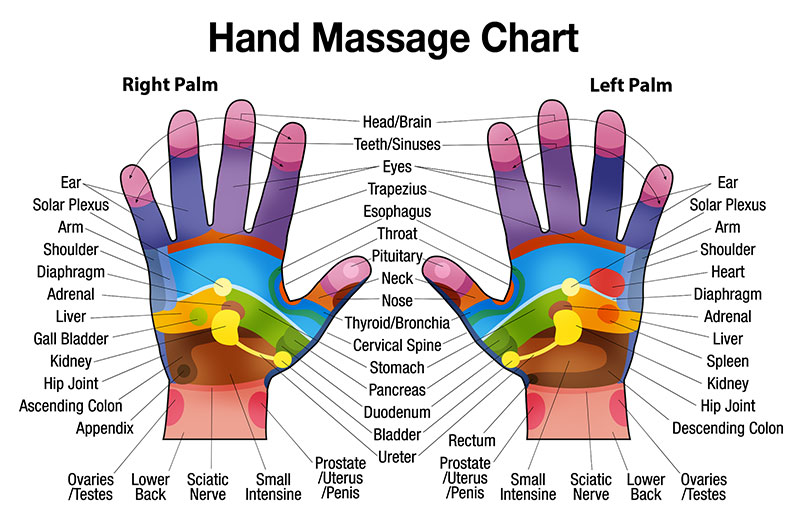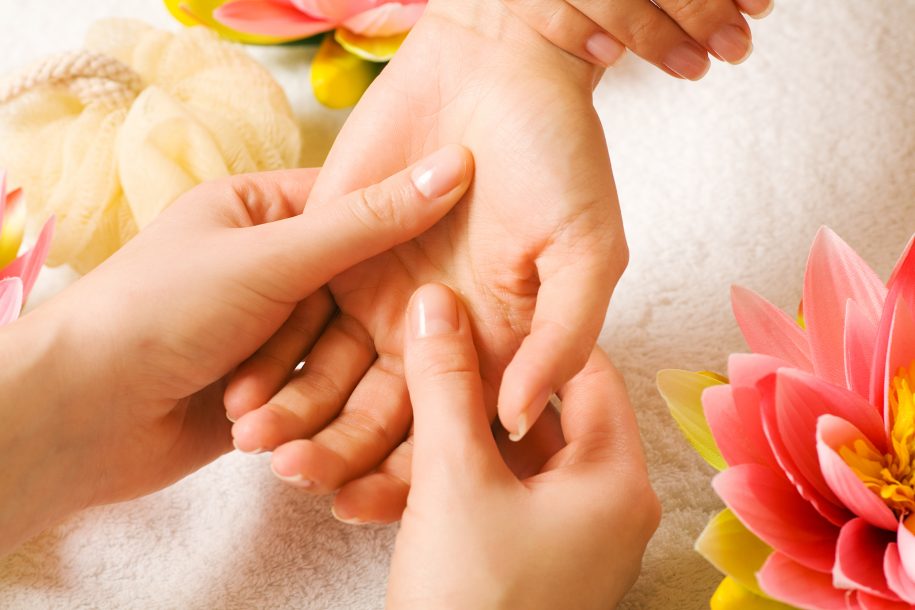Have you heard about Sujok Therapies and its multiple benefits before? Well, at Omnifique, we’ve compiled everything you need to know about this alternative therapy that can help you physically, mentally, emotionally, and spiritually. Read on to discover more.
The Origins of Sujok
This therapy was developed by Korean-born physician and professor Park Jae Woo in the early 1970s. In Korean, “su” means “hand,” while “jok” means “palm.” Specific points on the palm of your hand or the soles of your feet correspond to organs or parts of your body.
Sujok is based on Chinese medicine and Korean reflex therapy. The process is very similar to Acupuncture in terms of finding pressure points. Sujok, however, is only applied on hands and feet. If you’re scared of needles, this may be an option for you, as it is performed with magnets, massager rings, moxa (more on this below), or seeds.
Moxa is key to Sujok: it’s pulverized, dried, and crushed leaves of the Artemisia abrotanum plant. It prevents stress, physical and mental fatigue, flu, bronchitis, and it also has antidepressant properties.
The Healing Process
Professionals in Sujok therapy believe that a condition from another part of the body can be treated by applying pressure to certain areas of the hand or foot. According to the diagrams of Su Jok therapy, if pressure is applied to the base of the hand, ailments related to the spleen will be treated; while pressing the tip of a patient’s thumb reduces stress, as this finger is also considered to be related to diseases of the brain.


What kind of ailments is Sujok Therapy indicated for?
- Those that affect the head (migraines and headaches).
- Sleeping problems.
- Relief for arthritis.
- Lumbar problems.
- Chronic fatigue.
- Stress.
- Digestive and stomach problems.
- Respiratory complications.
- Relief for cervical zone problems.
- Cystitis.
- Anxiety.
- Many others.
Interesting, isn’t it? Sujok therapy is a great way to treat yourself to some well-deserved moment of self-care.

